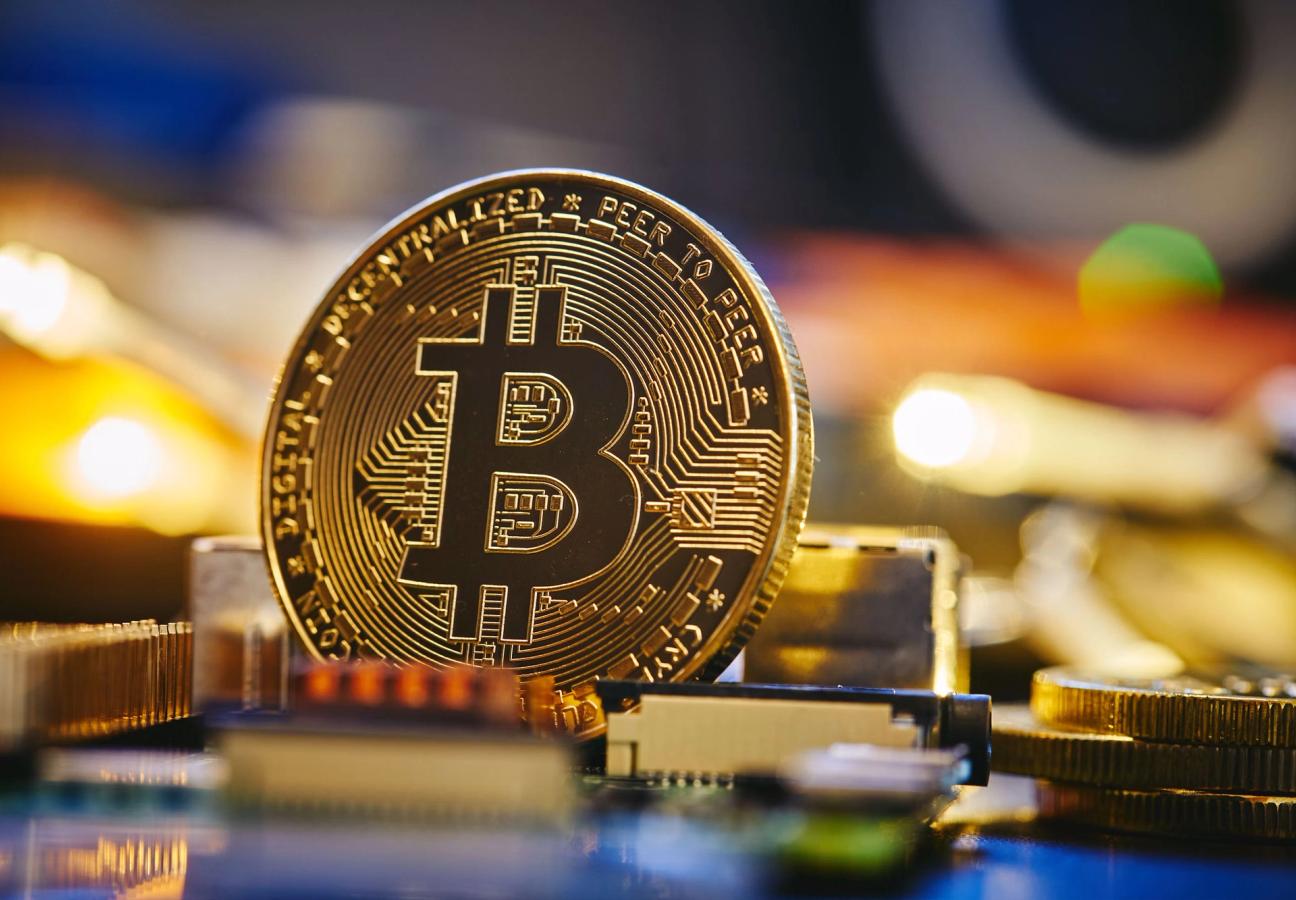Bitcoin’s fourth halving: What does it mean and where next?
Everything you need to know about the latest bitcoin halving event
Bitcoin’s (BTC) fourth halving event is happening today – the 19th April, one day prior to 420, what a coincidence that would have been. In short, BTC is mined in ‘blocks’ by computers solving complex algorithms and miners are rewarded a certain amount of bitcoin for every block they unlock. The number of BTC in circulation will never exceed 21 million, hence the amount of BTC rewarded for each block reduces by half every 210,000 unlocked. So, the more we unlock the harder it becomes to mine. Since a lump of ‘digital gold’ is freed from the ‘cyber quartz’ every ten minutes or so, halving events occur roughly four years apart.
We recently caught up with market speculator Blockchain Barry, a pseudonym used to maintain anonymity in the virtual wild west…
Why are halving events significant?
Historically, each of the three halving events has resulted in large spikes in the price of BTC over the proceeding 12 months, followed by a dramatic sell off, or crash, across the crypto market. The 2020/21 price rally was largely driven by an explosion in popularity for NFT ownership of digital artwork and DeFi (decentralised finance), whereby so-called ‘yield farmers’ could stake or provide liquidity to exchanges by lending tokens, in return for variable interest. Many of these DeFi pools turned out to be Ponzi schemes and the hype surrounding NFTs quickly subsided, likely contributing to the subsequent ‘crypto winter’.
Bitcoin gains ETF approval
As you may have noticed, the latest bull run on BTC has already begun, prior to this halving event. A ruling made in January by the US securities regulator (SEC) allowing certain electronically traded funds (ETF) to track the price of BTC meant that investors could gain exposure without the complex process of buying and storing it. This resulted in a large influx of institutional money causing the price to surge almost 80% in little more than a month. BTC also gained approval as an ETF in Hong Kong this week, ushering in a new chapter for the digital currency as the latest player in regulated financial markets, signifying further global acceptance of it as a means for investment.
The Howey Test: Security or commodity?
So, what next? Well, Ethereum (ETH), the second biggest cryptocurrency, is currently undergoing the same scrutiny as its big brother. However, the SEC ruling, expected to happen in late May, could have serious ramifications for the wider crypto market. If ETH is deemed liable to securities regulations in the US, under the Howey Test, many other cryptocurrencies with centralised administrations could also fall foul of the ‘common enterprise’ criteria. Furthermore, in 2022, the Ethereum Foundation took the network from a Proof of Work to a Proof of Stake consensus mechanism, meaning holders of its token can earn interest, potentially subjecting it to the ‘expectation of profits’ criteria. The classification of cryptocurrencies as securities could lead to stifling and costly investigations that may have disastrous consequences for the crypto world in the short term – so maybe don’t double down your bets just yet!

So, what’s the big deal?
Aside from these short-term happenings in the crypto world, many of us are still wondering how it could ever play a genuine role in everyday life, besides being a store of value. First off, that is exactly what BTC is. Likened to digital gold and seen by some as a ‘safe haven’ asset, BTC has few other practical uses besides being a form of currency or tender. Finite in supply and believed to be unhackable (not to be confused with unstealable), its overall trajectory should be up, BUT this depends on many factors.
Efficiency, transparency, and access for all
Other projects, however, such as ETH, do have the potential for real life uses due to their smart contract functionality and interoperability. There are several narratives for how this could play out. Blockchain technology is already evolving quickly within the gaming industry and DeFi peer-to-peer lending. But a more relatable example would be tokenisation of real world assets (RWA). Major financial institutions such as BlackRock, who’s BTC holdings are currently worth in excess of twelve billion dollars, and JPMorgan, have been advocating for tokenisation (digitised ownership) of stocks and shares, in a bid to simplify the currently archaic and murky process involving middlemen like brokers and clearinghouses.
Now apply that principle to things like property ownership, art and classic cars. Tokenisation of traditionally illiquid markets could pave the way for fractional ownership, providing easy global access for the masses to investment classes that typically require significant sums of capital to partake in. Straightforward equity release, meaning partial disposal of an asset without the need to sell the whole thing, could provide asset rich cash poor organisations with more financial flexibility. Time consuming and costly processes such as title searches and litigation when buying and selling a house, could be streamlined and housing chains might one day be a thing of the past.

A force for good?
If you feel threatened, as we all should, by the AI menaces generating increasingly undetectable fake imagery on the internet, you will be pleased to hear that Reuters and Canon are currently experimenting with cryptographic cameras that can verify when, where and by whom, photos are taken. This same technology could be used in authenticating anything with potentially dubious origins such as blood diamonds, fakes and stolen goods.
When is this all going to happen?
Whilst bitcoin’s approval by the SEC as an ETF is a big step in the right direction, there is still a lot of regulatory pressure for the crypto world to overcome before widespread acceptance in global financial markets. Scams and Ponzi schemes continue to be a major threat therefore massive price fluctuations are likely to go on happening until a clearer, safer and more regulated path can be established. How long will this take? It’s hard to say – how long is a piece of string? But one thing that is starting to become clear as more of these issues are addressed – crypto is here to stay!
Bitcoin not your thing?Discover the smart investments that you might actually enjoy...
This article does not constitute and should not be considered to be or relied upon as investment or financial advice. The Gentleman’s Journal Ltd does not accept liability for any loss or damage, including without limitation to, any loss of profit, which may arise directly or indirectly from use of or reliance on such information. The Gentleman’s Journal Ltd makes no representation or warranties as to the accuracy of the information contained herein. A qualified professional should be consulted before making any financial decisions.

Become a Gentleman’s Journal Member?
Like the Gentleman’s Journal? Why not join the Clubhouse, a special kind of private club where members receive offers and experiences from hand-picked, premium brands. You will also receive invites to exclusive events, the quarterly print magazine delivered directly to your door and your own membership card.


